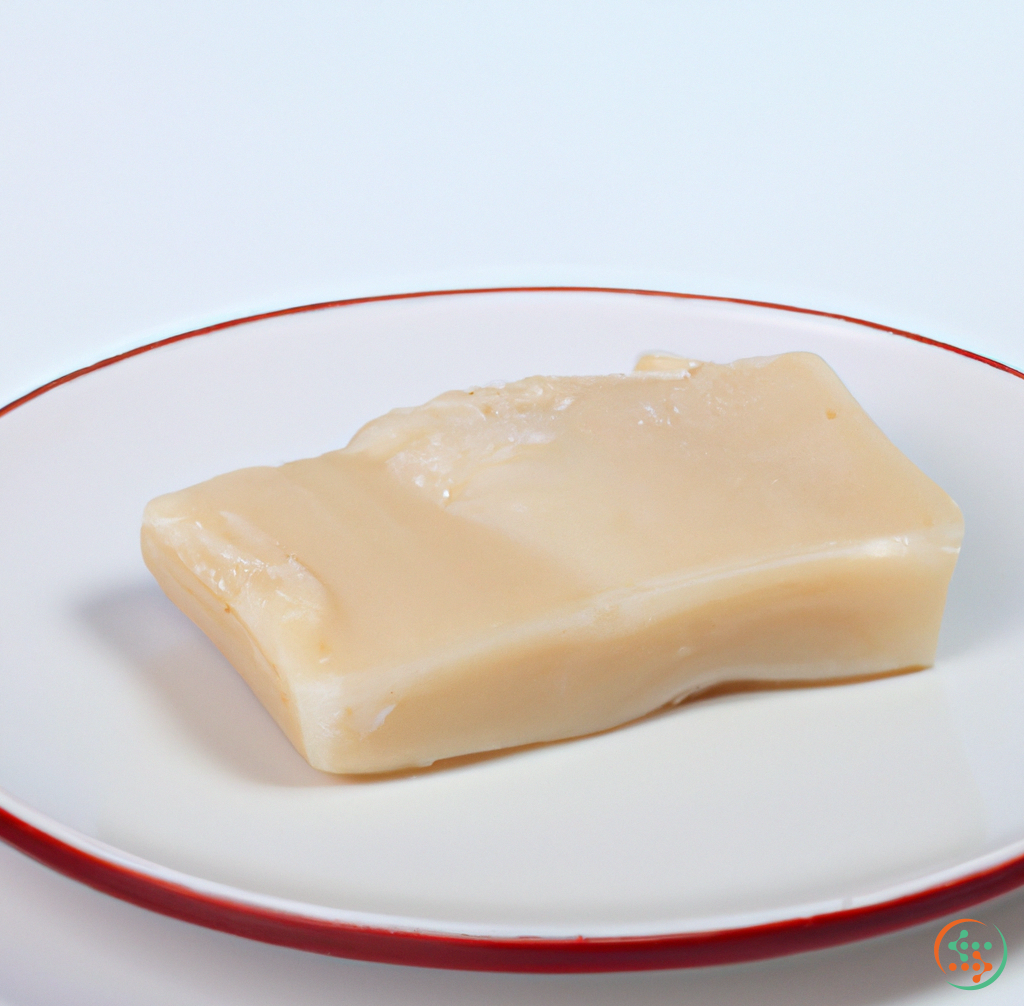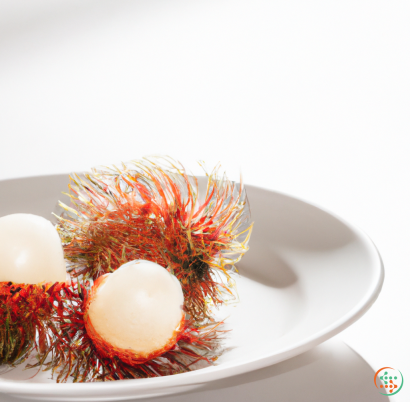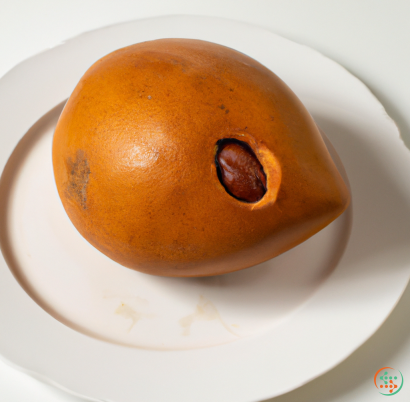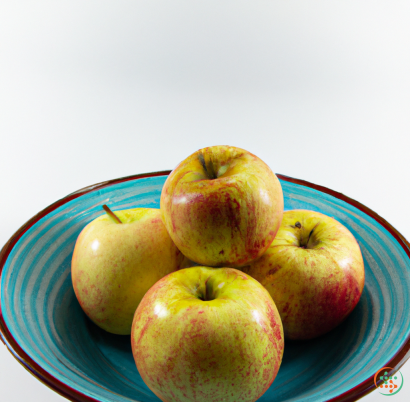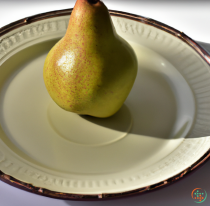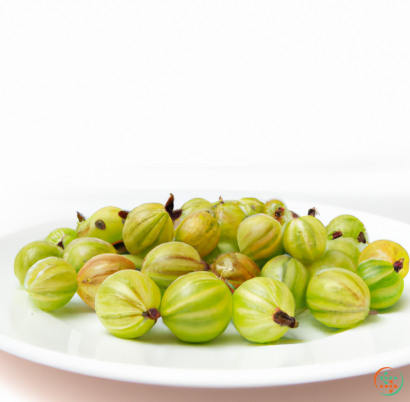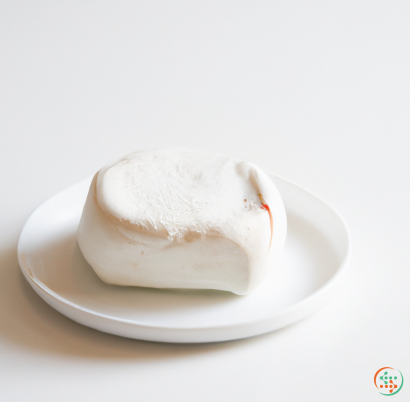Duck Fat
What is Duck Fat and What Are the Benefits?
When it comes to adding flavor and depth to savory dishes, few cooking fats can do what duck fat can do. Not only does it improve the flavor of food, but duck fat also imparts beneficial health benefits. Duck fat is a type of rendered fat from the fat of ducks and geese that has a savory, rich flavor. High in fat-soluble vitamins, it’s particularly prized in French cuisine, but can be used in all sorts of dishes.
To make duck fat, the fat and skin are cut off of a whole duck, usually in chunks. The fat is then placed in a skillet over medium heat until it renders down. The exact cooking time will depend on how much fat you’re rendering and how high the heat is. Once the fat has been rendered, it can be strained or skimmed off. The result is a clear, yellowish fat with a savory flavor. It can be used to fry, sauté, or even to make a pan sauce.
The rich flavor and texture of duck fat make it an excellent choice for dishes like stocks, soups, and stews. It can be used to coat roasted potatoes and other vegetables for a unique flavor that’s difficult to duplicate with other cooking fats. Duck fat can also be used in baking; it makes delicious croissants and can be used as a substitute for butter in some recipes.
In terms of fat content, duck fat is similar to animal fat but higher in certain essential vitamins. Animal fats tend to be higher in saturated fat while duck fat has a higher proportion of monounsaturated fat which is believed to have a protective effect against heart disease. Duck fat is also high in vitamins A, D and E, as well as omega-6 fatty acids.
Perhaps the greatest benefit of cooking with duck fat is its low smoke point. This means it can be cooked to a higher temperature without smoking, making it an ideal choice for high-heat cooking methods like searing and frying. When cooking with duck fat, it’s important to use a thermometer to ensure that you don’t exceed its 392°F smoke point. Exceeding this temperature could damage the fat, releasing free radicals that could be harmful to your health.
One of the best parts about duck fat is that it’s incredibly versatile. It can be used in both savory and sweet dishes, although it’s usually better suited to savory dishes. It goes especially well with potatoes, root vegetables, and green vegetables like Brussels sprouts and kale. Duck fat also pairs wonderfully with fresh herbs and spices and has a particularly pleasing taste when combined with garlic or shallots.
When it comes to storing duck fat, it’s best to keep it in a cool, dark place in a tightly sealed container. Duck fat can be refrigerated for up to four months, but it’s important to check for signs of spoilage before using. Additionally, it’s a good idea to keep rendered duck fat away from light, as exposure to light can damage the fat and reduce its nutritional value.
As you can see, duck fat is a highly versatile and flavorful cooking fat that has some impressive health benefits. Its subtle yet robust flavor pairs perfectly with many dishes, both savory and sweet. Not only that, but duck fat also has a lower smoke point than other cooking fats, making it ideal for pan-frying and searing. With so many benefits, it’s no wonder why duck fat is becoming an increasingly popular cooking fat in the culinary world.
Fat. This word often carries an unhealthy connotation in our daily lives, and indeed, some types of animal fats, like lards and fats from beef, can be quite bad for you. However, certain types of animal fats, such as duck fat, are actually quite beneficial for your health, with some scientific studies showing that foods cooked in it may even have specialty health benefits.
Despite this, many people still don’t realize the process of how duck fat is created in the first place. In this blog post, we’ll go into detail and discuss the journey of a duck fat from farm to dinner plate to understand the process better.
What is Duck Fat?
Before discussing exactly how duck fat is created and travels to end up on your dinner plate, it’s important to understand what duck fat is in the first place. Duck fat, or duck fat oil, is a type of fat that is rendered from the fatty tissues of ducks. It is mostly composed of monounsaturated and polyunsaturated fats, but also contains small amounts of saturated fats.
This type of fat is a popular cooking medium in many European cuisines, but is now gaining traction elsewhere as well. You can compare its flavor to that of butter and olive oil. Indeed, some people even describe the flavor of the fat to be like nutty and buttery at the same time.
Process of Creating Duck Fat
Now, let’s dive into the exact process of creating duck fat. As mentioned above, duck fat is a type of fat rendered from the fatty tissues of ducks, which means that the process of creating duck fat is largely based off disconnecting the fat from the other tissues of the duck.
At the simplest level, creating duck fat takes four steps—frying, rendering, straining, and cooling. Let’s look at each step in more detail.
Frying: The first step of the process of creating duck fat is to fry the duck parts. This can be done in a frying pan, or you can even use a deep-frying vessel. The goal of this step is to bring the skin and fat of the duck up to a temperature to where the fat starts to render out of the tissue.
Rendering: Rendering means to cook food until it releases its fat. This step of the process is extremely important, as it primarily dictates the flavor of the duck fat. This step is sometimes referred to as the salting phase, as it is the time to season the duck fat. A good chef can season and cook the duck fat in order to perfect its flavor.
Straining: A crucial stage of creating duck fat is straining. Otherwise, any debris from the frying will remain in the fat, not giving it a pleasant texture for consumption. This step is normally done through the use of cheesecloth, a porous material that allows fat and other particles to be separated.
Cooling: Once the fat has been strained, it is important to cool it down. This is mostly done to help the fat solidify, making it easier to handle. Cooling can convert the liquid fat into a solid form to where it can be used as a spread or a cooking medium.
From Farm to Dinner Plate
So far, we have gone over the process of creating duck fat, but how does that fat get from the farm to your dinner plate? The answer begins with the suppliers and breeders of ducks who are responsible for getting ducks that can be used to extract their fat.
Once the breeders have chosen and acquired the ducks, they will then pluck and prepare the feathers and meat. This part of the process typically involves removing excess fat, which will be used in the process of creating duck fat.
Then the fat is fried, rendered, strained, and cooled as we discussed earlier. In the next step, the suppliers will mix the duck fat with other ingredients, such as salt, herbs, and spices, to create different flavors and textures. These are then packaged and frozen, ready for transportation to various stores and restaurants.
For the duck fat to reach your dinner plate, it needs to make its way from this supplier to the store or restaurant of your choice. In the United States, the U.S Department of Agriculture is responsible for regulating the duck fat’s trade, making sure that the process of transportation conforms to certain food safety standards.
Once the duck fat bounds for the restaurant, it is handled accordingly and stored until it is ready to be cooked. This part involves using the right amount of duck fat and cooking it on the right temperature to get the perfect texture and flavor.
Finally, the duck fat makes its way to your plate! Depending on the dish you are eating, the duck fat can be served in liquid form as a sauce, or simply as a spread on top of other foods. Duck fat can also be used as a flavorful cooking medium for any dish.
Conclusion
In conclusion, there is a lot more to duck fat than meets the eye. This fatty tissue has been used in cooking and medical treatments since ancient times, and its journey from farm to dinner plate is an interesting process to understand. From frying, rendering, straining, and cooling, duck fat is created with care and expertise. All to ensure that when it finally ends up on your plate, it tastes good and is beneficial for your health.
| Vitamin D | 0.0048 mg | |
| Vitamin D3 | 0.0048 mg | |
| Vitamin E | 0.0027 grams | |
| Vitamin B4 | 0.1224 grams |
| Selenium | 0.2 ug |
Daily Value 0.055 mg
|
| Total Sugars | 0 ug |
per 100g
|
| Myristic acid (14:0) | 0.7 grams |
|
| Palmitic acid (16:0) | 24.7 grams |
|
| Stearic acid (18:0) | 7.8 grams |
|
| Total Saturated fatty acids: | 33.2 g | |
| Oleic acid (18:1) | 44.2 grams |
|
| Palmitoleic acid (16:1) | 4. grams |
|
| Gadoleic acid (20:1) | 1.1 grams |
|
| Total Monounsaturated fatty acids: | 49.3 g | |
| Linolenic acid (18:3) | 1. grams |
|
| Linoleic acid (18:2) | 12. grams |
|
| Total Polyunsaturated fatty acids: | 13 g | |
| Cholesterol | 0.1 grams |
|
| Total Sterols: | 0.1 g | |
